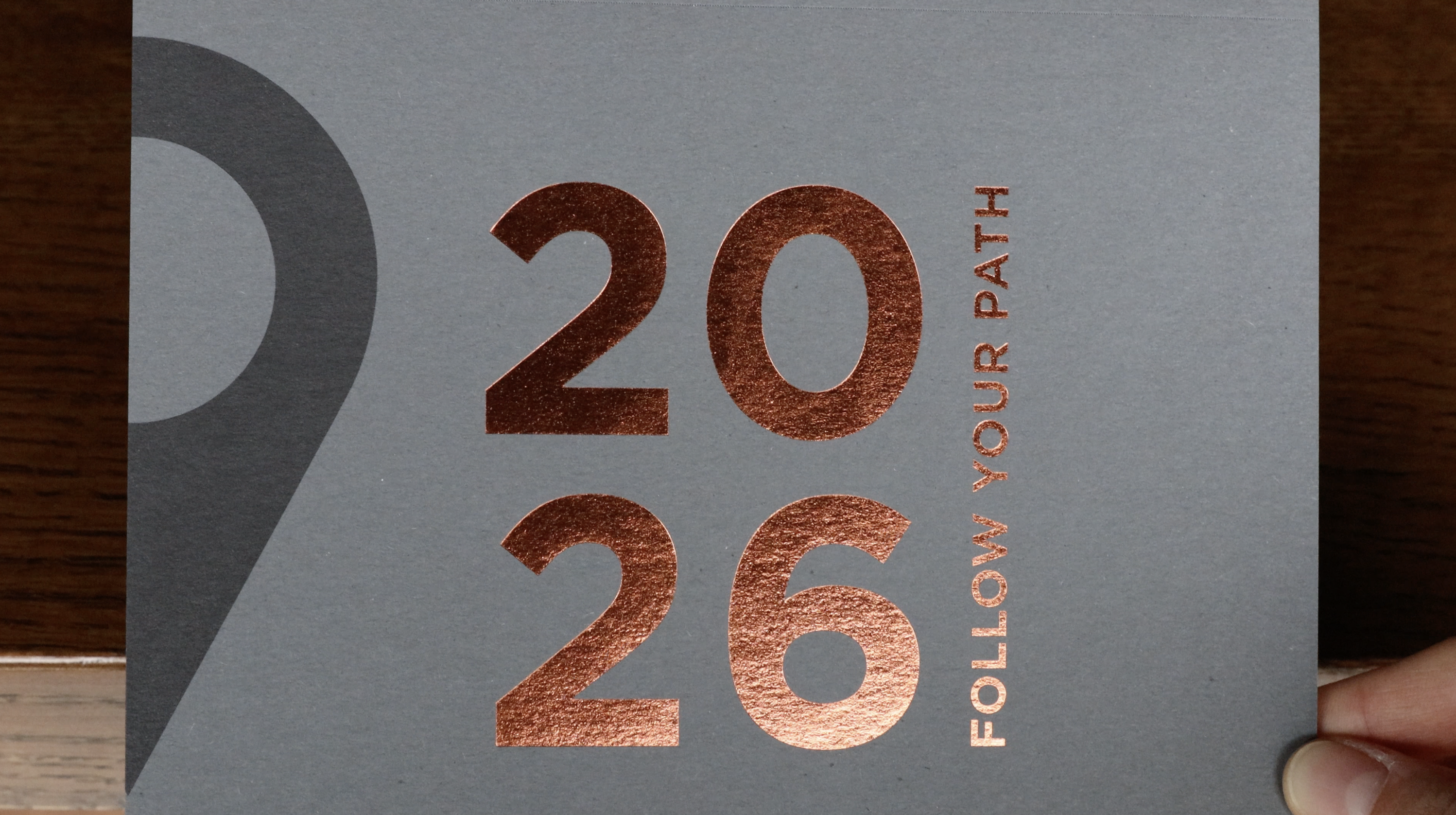
Menu
Menu
Every once in a while, you walk into a building and have to remind yourself it’s technically an office.
I’ve been in spaces where nothing—nothing—was left untouched. Floors, ceilings, columns, glass, signage, every elevator door wrapped in theme. A space station. A medieval village. A school of wizardry. Whatever story they were telling, they committed. And it worked.
Not every company needs a spaceship-themed building. But when a brand decides to carry its identity into the built environment, it changes how the space feels—and how people use it.
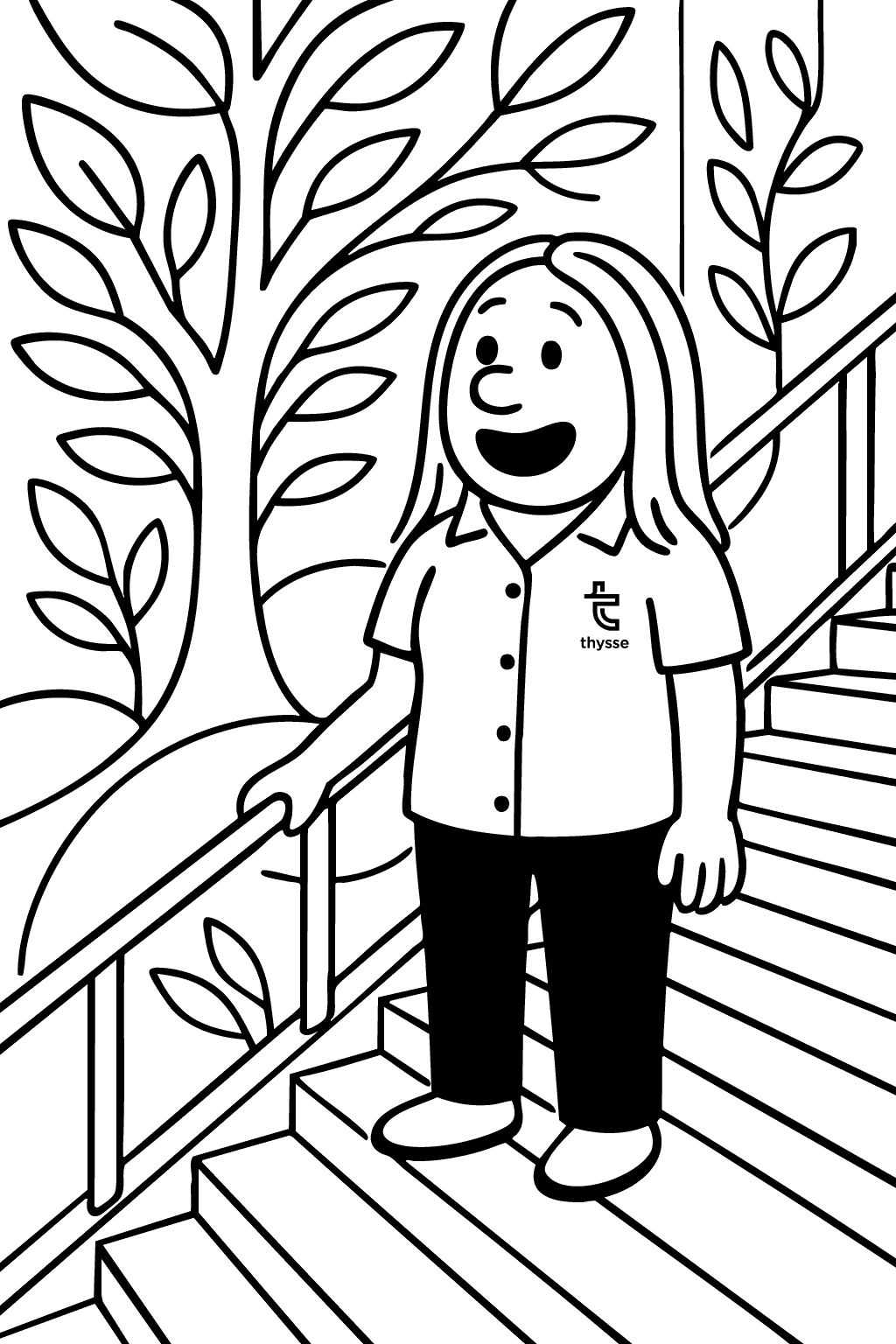
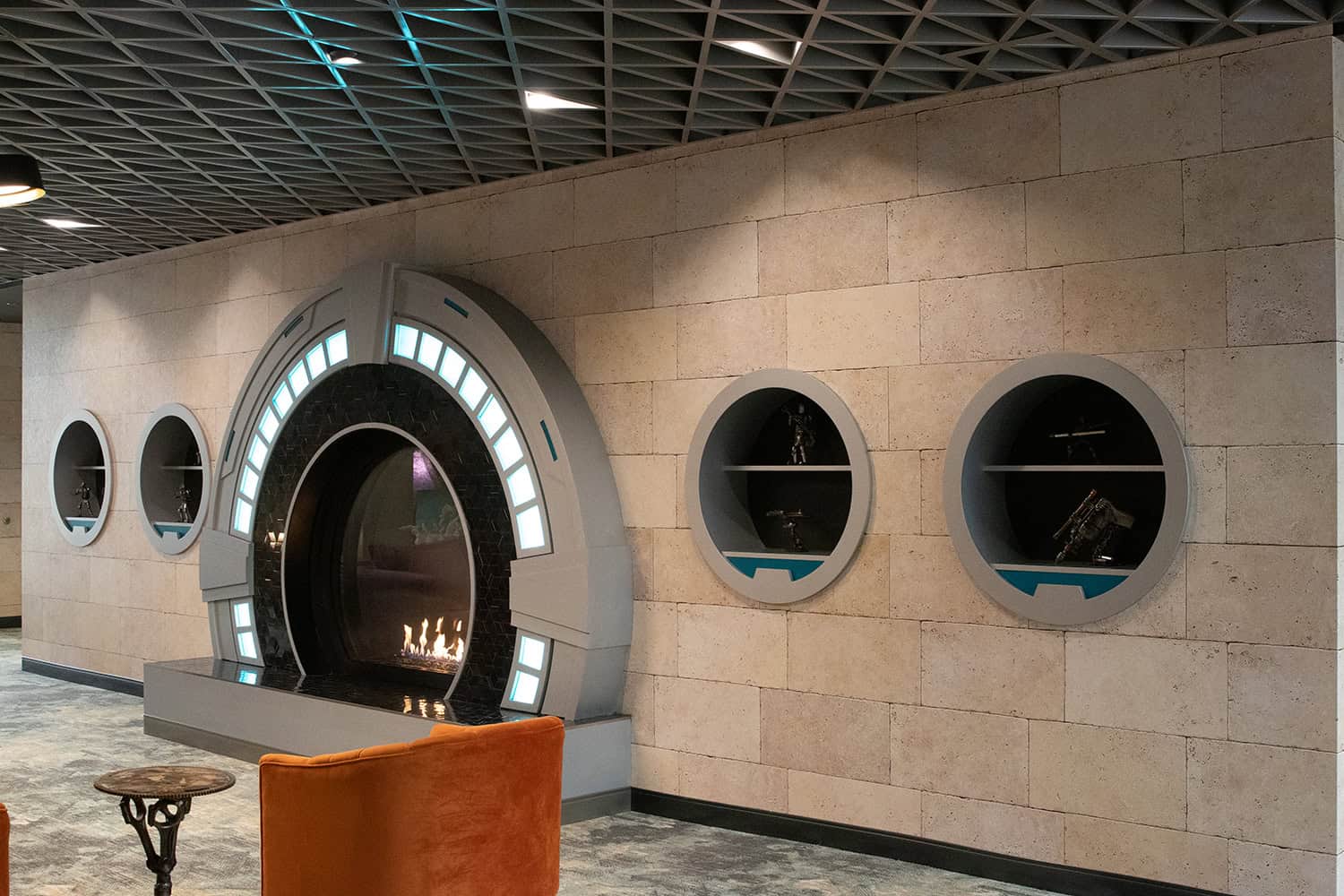
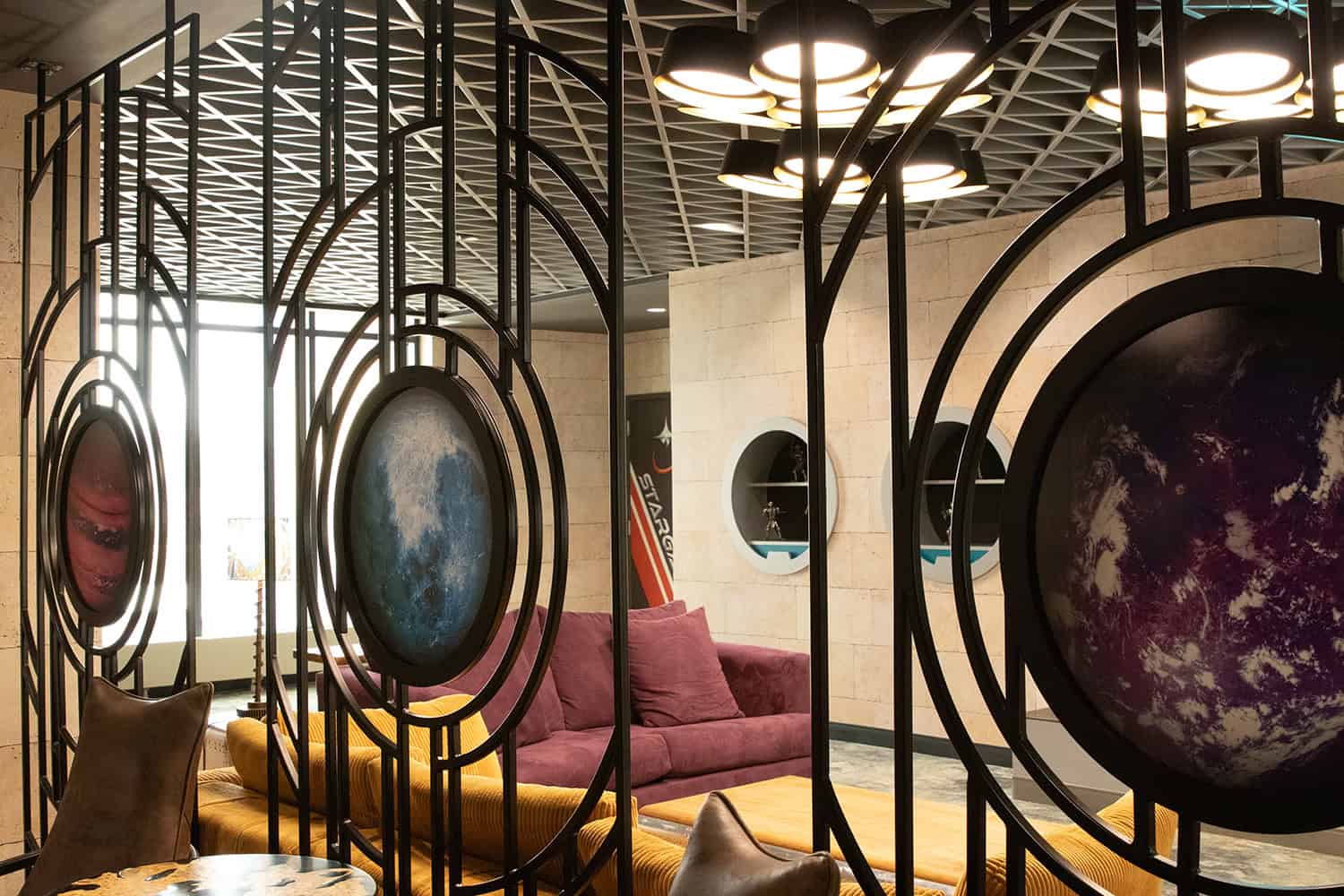
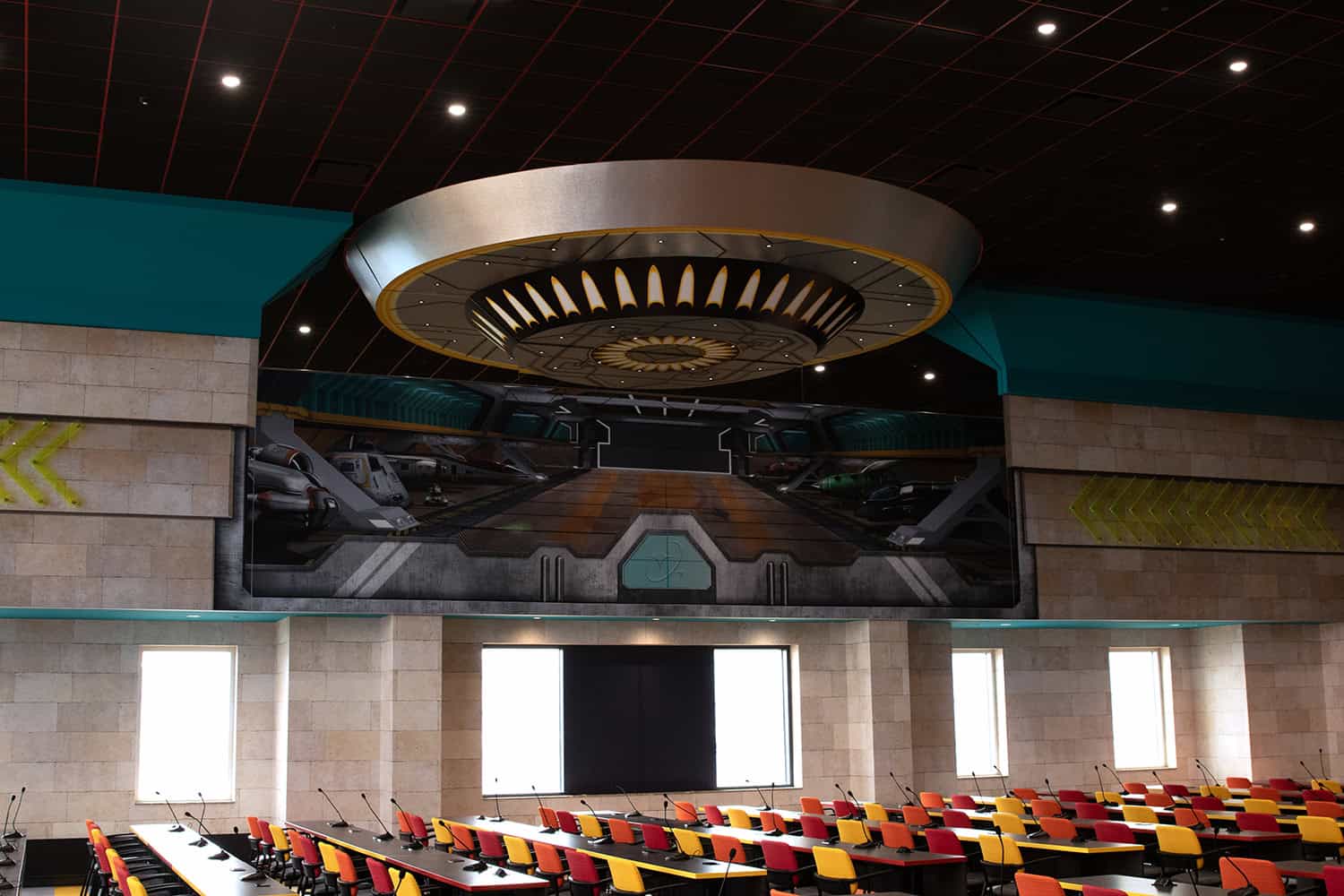
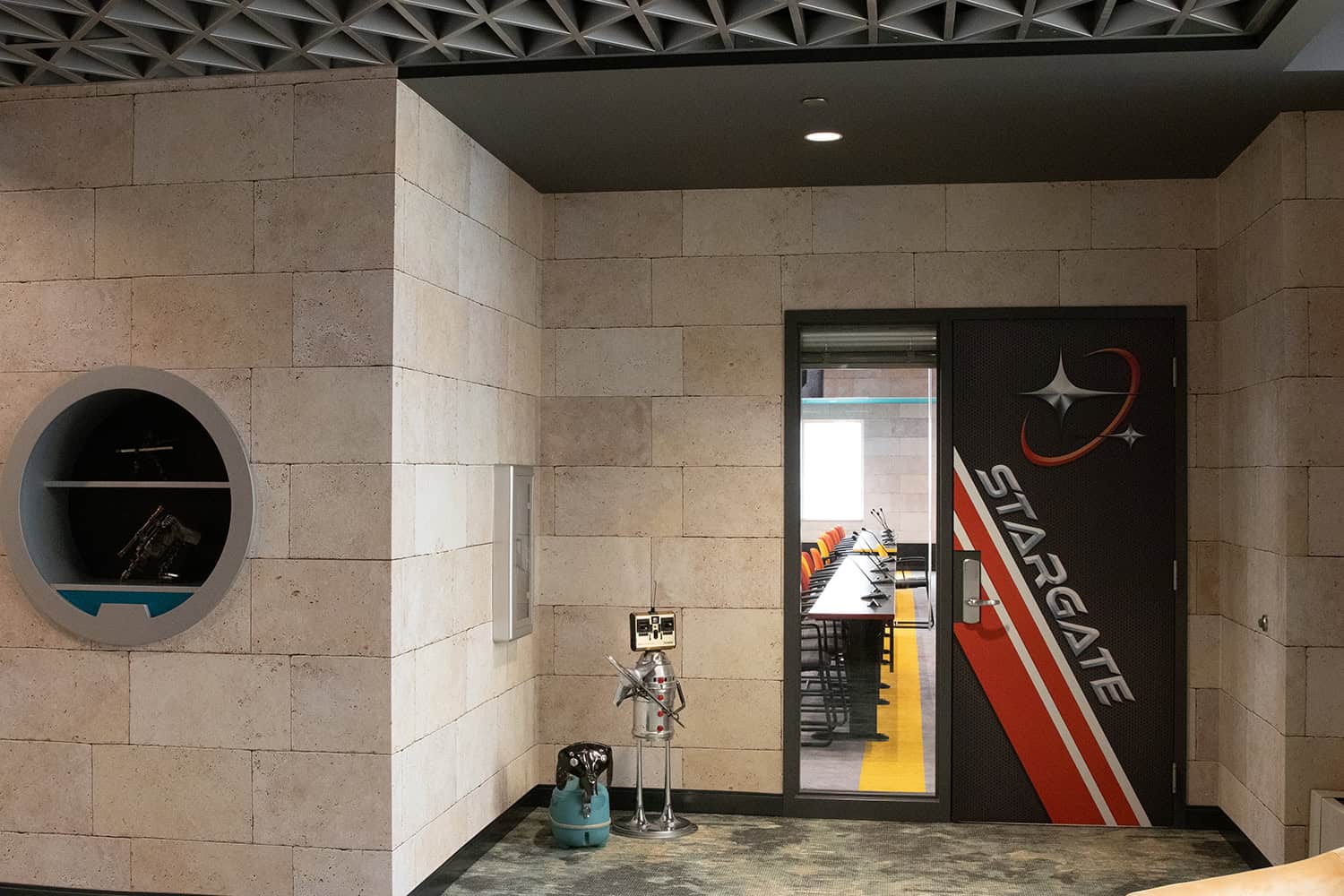
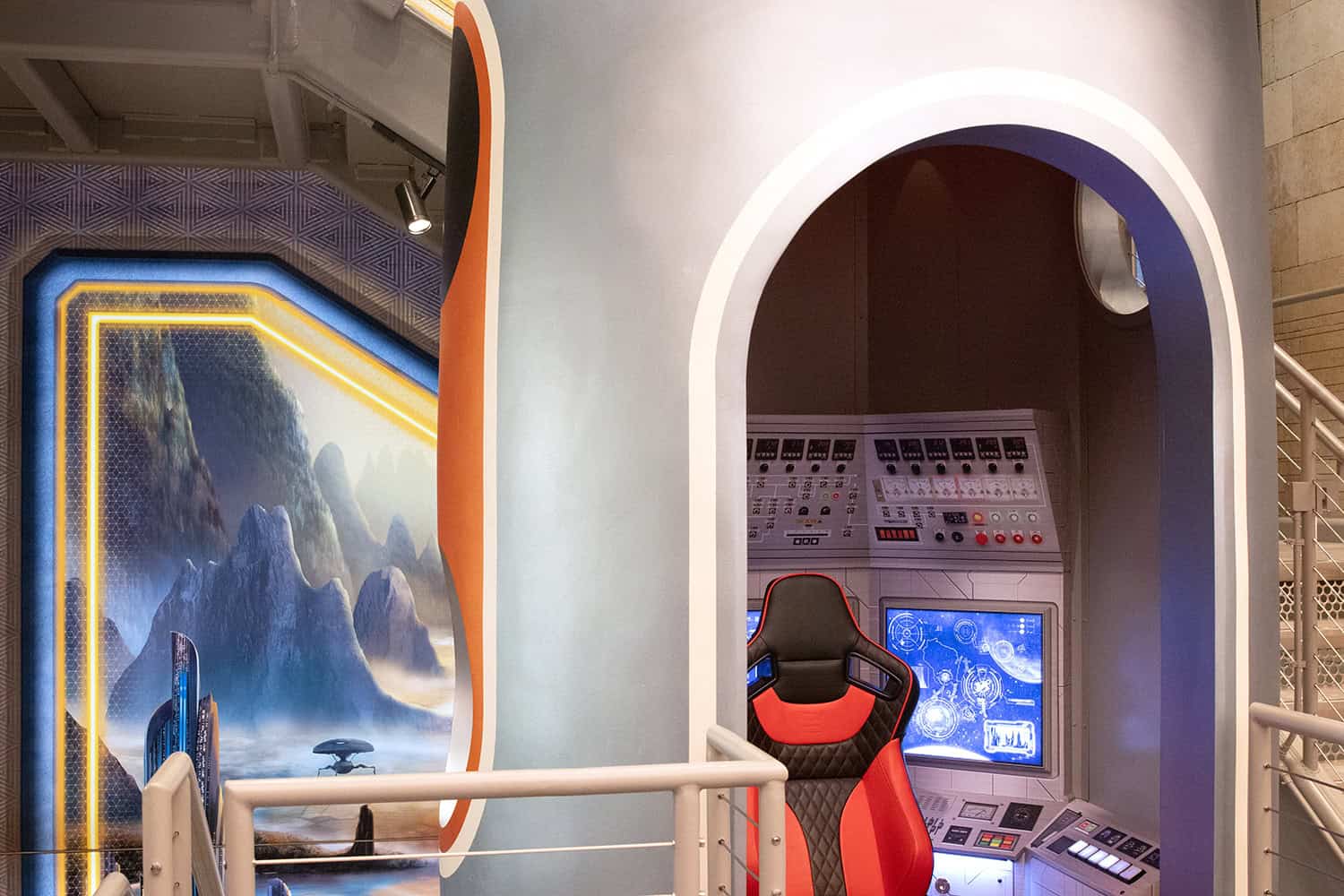
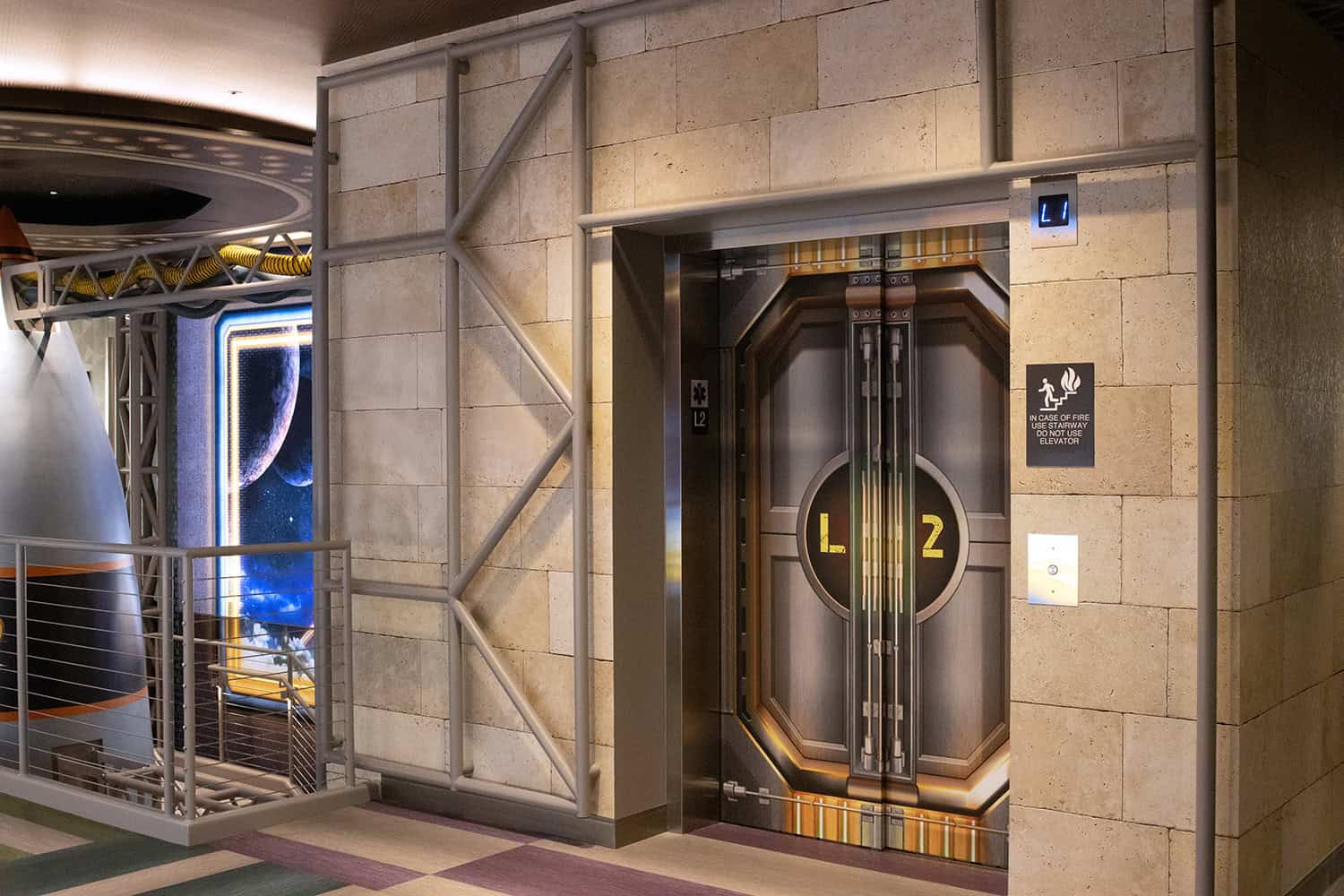
Most of these projects start before concept designs are approved, before furniture is picked out, sometimes before drywall’s even up. That’s when I get looped in.
I walk the space—usually with the install team—so we can flag wall conditions, access points, finishes, and anything else to avoid problems later. We take measurements, gather notes, and get everything lined up for estimating.
Once we’ve got a handle on what’s actually possible, creative steps in. Proofs get made. We move into production and install, keeping the process moving and the details on track as the build comes together.
No two of these are the same, but the process stays pretty consistent: understand the space, understand the people, and figure out how to make it all click.
The all-in environments hit different.
I’ve seen elevators turned into owl nests. Stairwells wrapped top to bottom in illustrated wallpaper. Floor graphics that make you feel like you’re walking into a story. It’s not subtle. It’s not supposed to be.
Same with retailers. When they lean into who they are—through aisle signage, custom displays, themed departments—it’s entertaining. It’s useful. It makes it easy for regulars to find what they want, and it makes new shoppers feel like they’re part of something.
You don’t forget a space like that. And honestly, why would you want to?
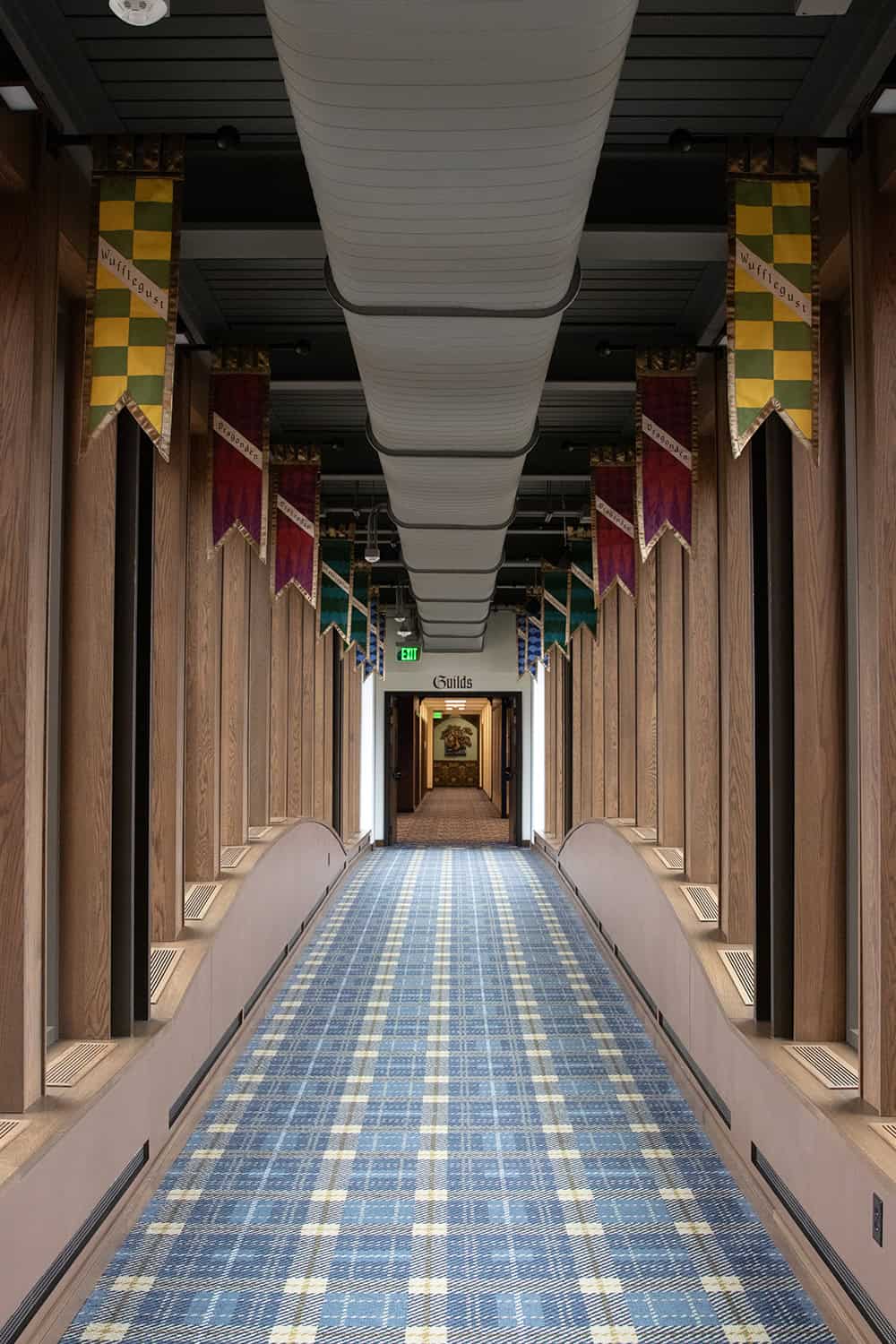
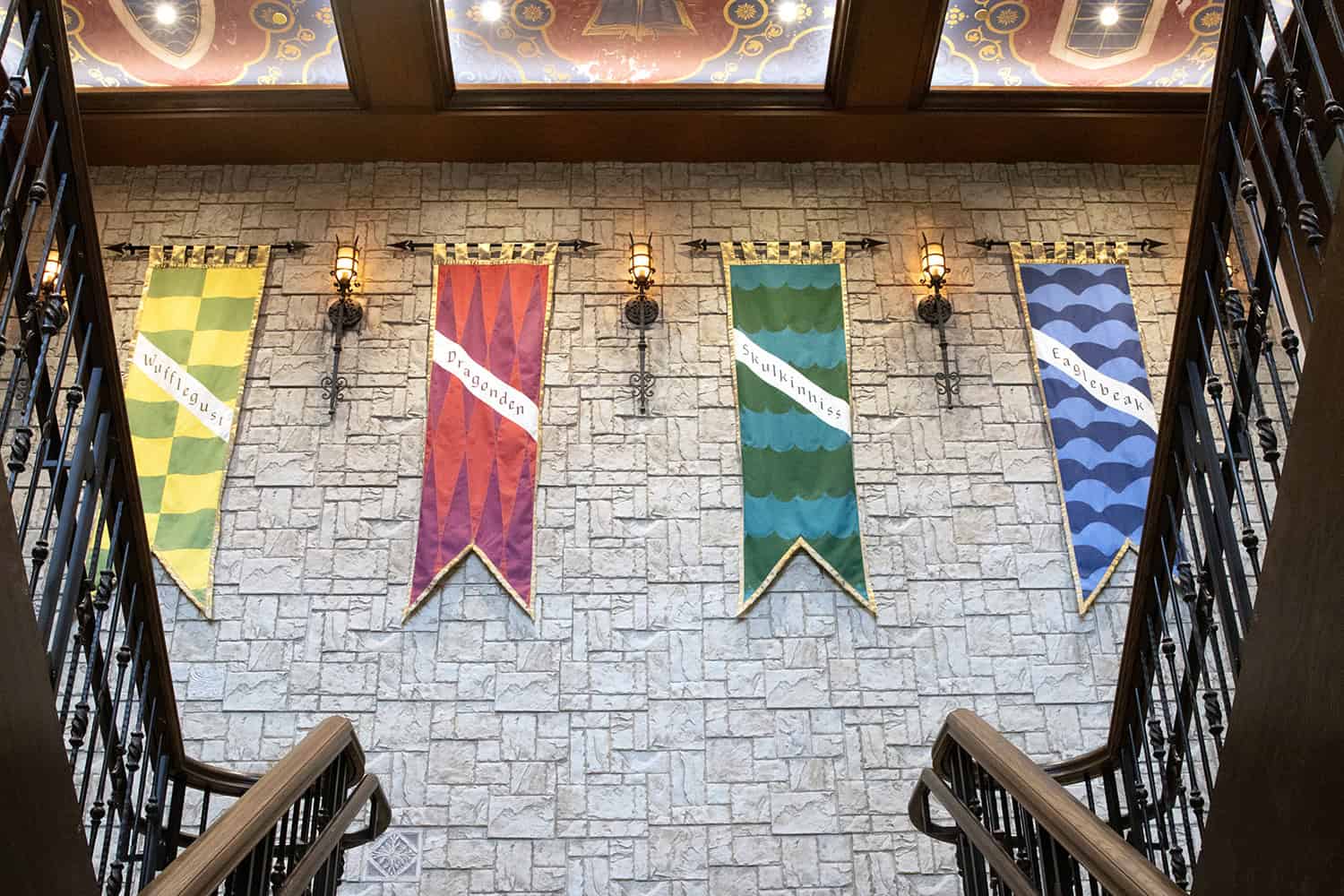
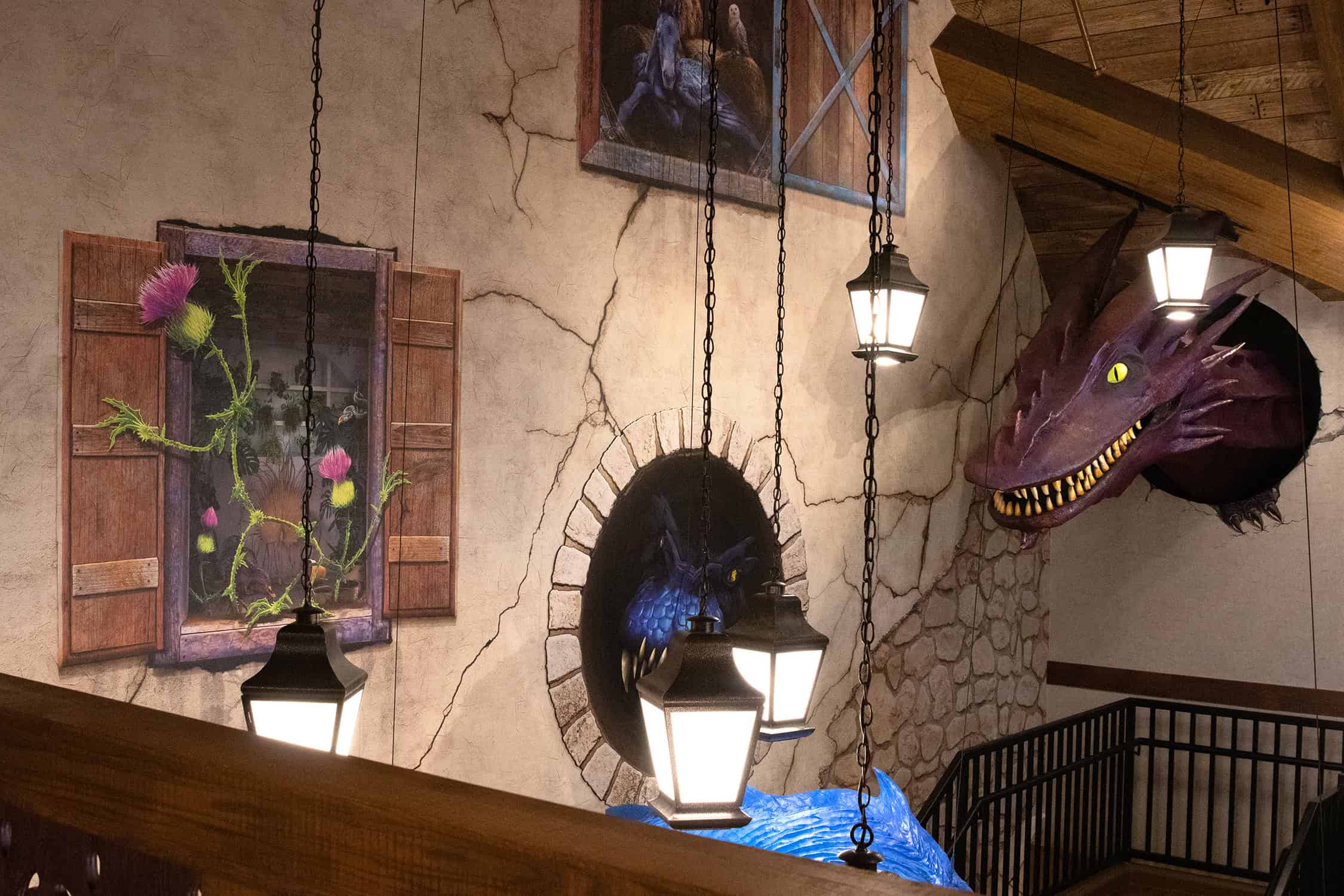
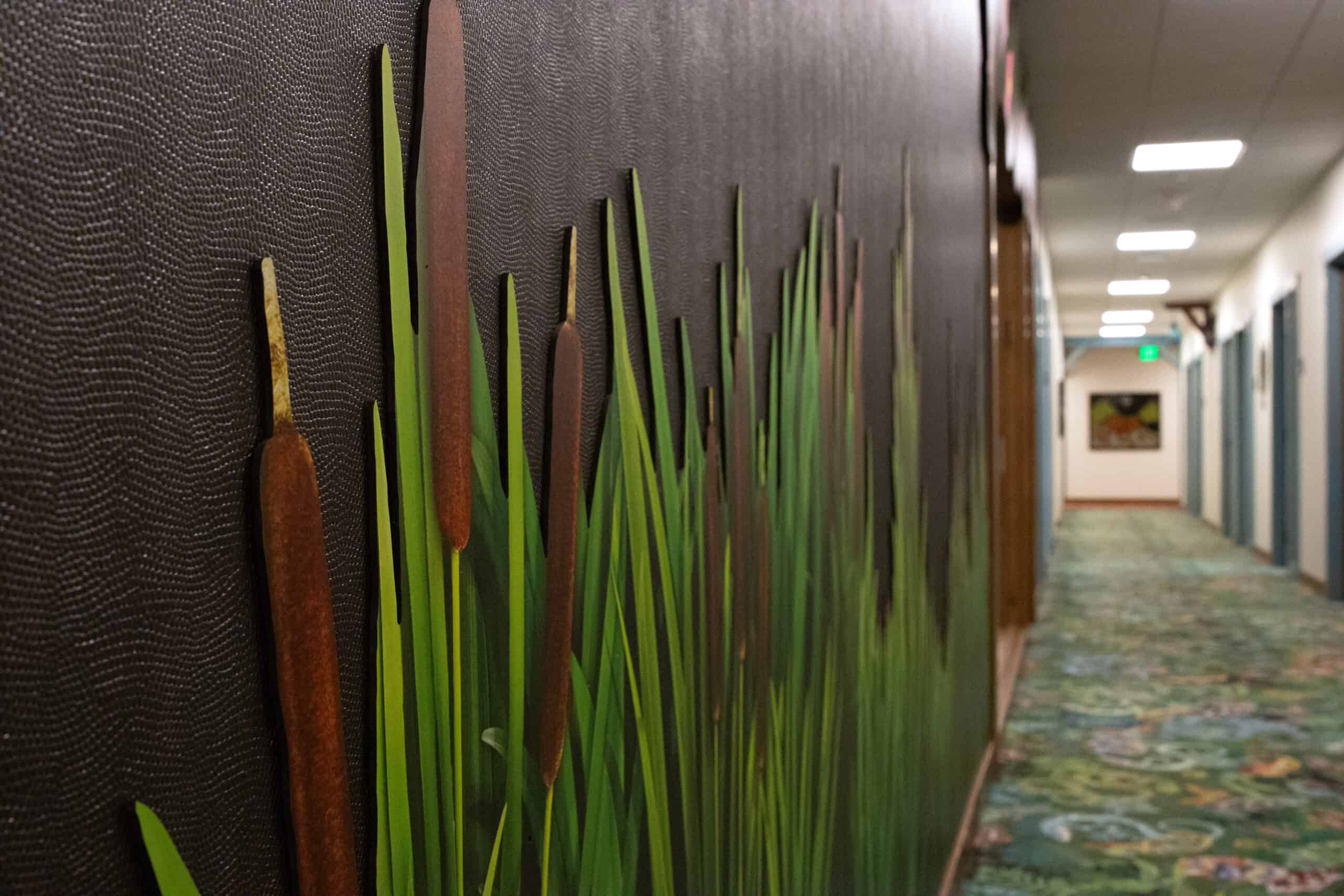
There’s something that happens when a company really goes for it.
I’ve walked into buildings that are completely off the rails in the best possible way—every wall, ceiling, floor, and elevator wrapped in a theme. Sci-fi, underwater, medieval, you name it. It’s not for everyone, but it is unforgettable.
Same goes for retail. When the signage, displays, and floor graphics all speak the same language, it pulls you in. It’s fun. It’s easy to follow. You find what you’re looking for—or what you didn’t know you wanted. And you remember it.
I still think about the student union at San José State. I walked that building when it was stripped to the bones—exposed drywall, demo equipment everywhere. Then we came back and installed everything: wayfinding, wall graphics, dimensional logos. It looked like a different place. And more importantly, it felt like one.
People always say brand matters. This is what it looks like when someone actually believes it.
Usually by the time I’m involved, the idea’s already out there. Sometimes it’s a mood board. Sometimes it’s “we want to theme the whole building like this, but don’t know where to start.” Either way, I’m walking the space, checking the walls, asking about access, timing, finishes—everything that makes or breaks an install.
Then it’s creative, proofs, production, install—one piece at a time, all lining up with the original vision. We’ve done this enough to know where the gaps usually are. So we plan around them.
The work gets noticed. That’s the goal. And if we’ve done it right, it’s not just noticed—it’s remembered.